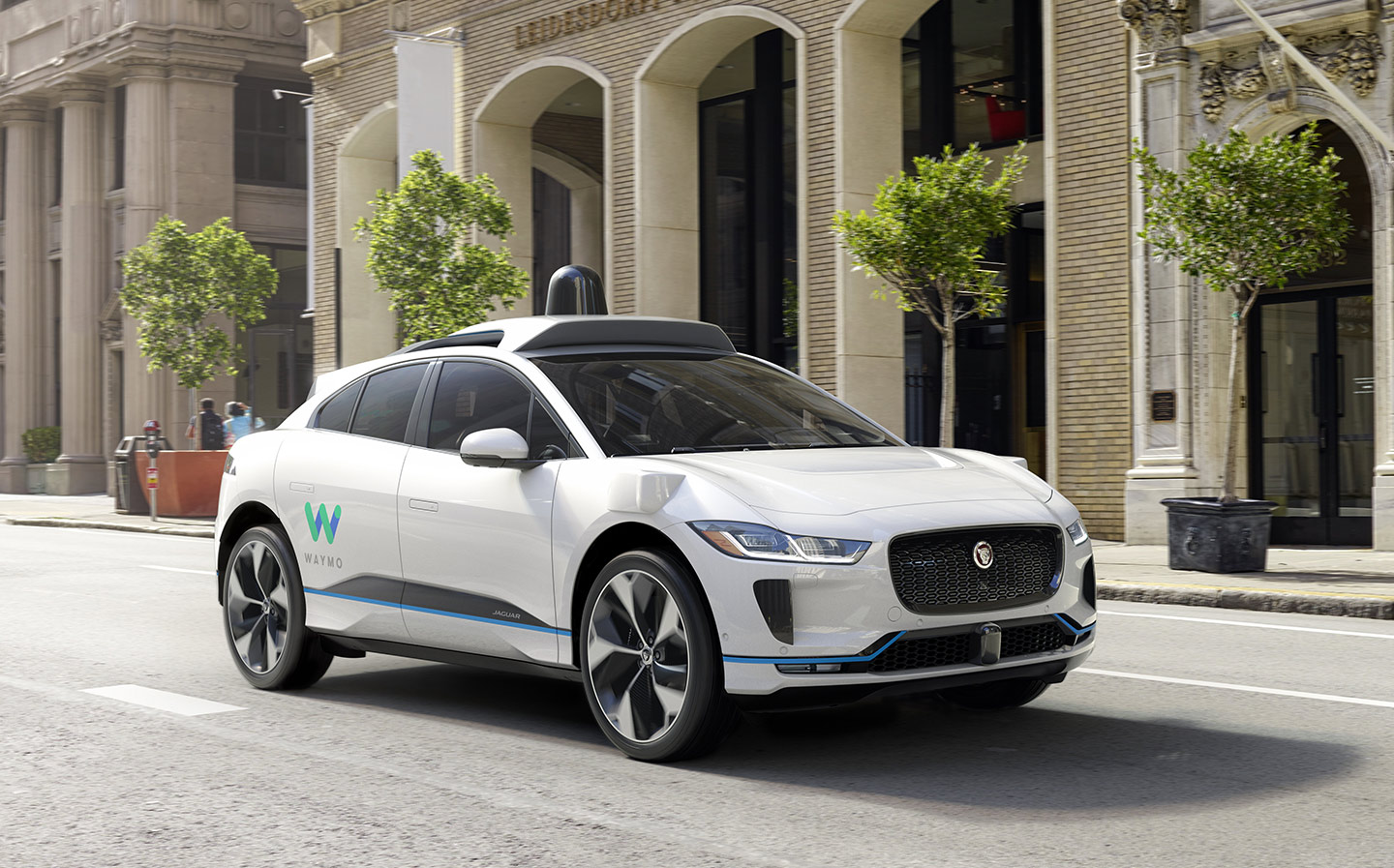The Times tries driverless cars on the streets of San Francisco, but not entirely without incident
Waymo work is needed
While engineers appear to be making some progress on autonomous robotaxis, an article in The Times today (December 12) underscores the fact that — no matter what the operators say — the technology still has teething issues.
With a number of autonomous taxis currently being trialled on the streets of San Francisco, California, a Times reporter went to investigate and found that, while overall the technology works reasonably well in certain areas, more work needs to be done.
Two particular incidents suggested the driverless taxi proved itself to be rather clueless.
Initially, the writer’s phone was sending notifications to say vehicles were available to request a ride, though the Cruise (majority-owned by General Motors and backed by Honda, Microsoft and the US hypermarket firm Walmart) phone app contradicted that assertion. Eventually he managed to hail one.
Another issue raised its head when the Chevrolet Bolt tried to end a taxi ride with no apparent exit place in sight.
That incident was, according the customer support at Cruise, the result of the car reaching the edge of its geo-fenced coverage area and the reporter, Callum Jones, was forced to select an alternative destination.
When Jones was dropped off at an alternative location, he watched the car approach the junction at the end of the road signalling left, only to change its mind and signal right before turning and disappearing from view.
He also noted one moment where he thought the car clipped a kerb during a turn, though was later told by Cruise that what he’d felt was the car riding over a pothole.
The journalist did balance his experience with recollections of dodgy human cabbies treating the roads in the area like rally stages, and pointed out that when he tried ordering an Uber home afterwards, his first ride was cancelled before pick-up by the driver.
Other teething issues have been recorded too, often publicised on social media.
Cruise is currently trialling a night-time autonomous taxi service in one part of San Francisco, with Waymo, spun out of Google, running a similar trial elsewhere in the city, though at all hours rather than just at night.
Incidents in San Francisco over the past year include Cruise vehicles coming to a standstill at junctions and Waymo cars frustrating residents of a cul-de-sac by driving to the end of their road, only to turn around and drive away dozens of times a day.
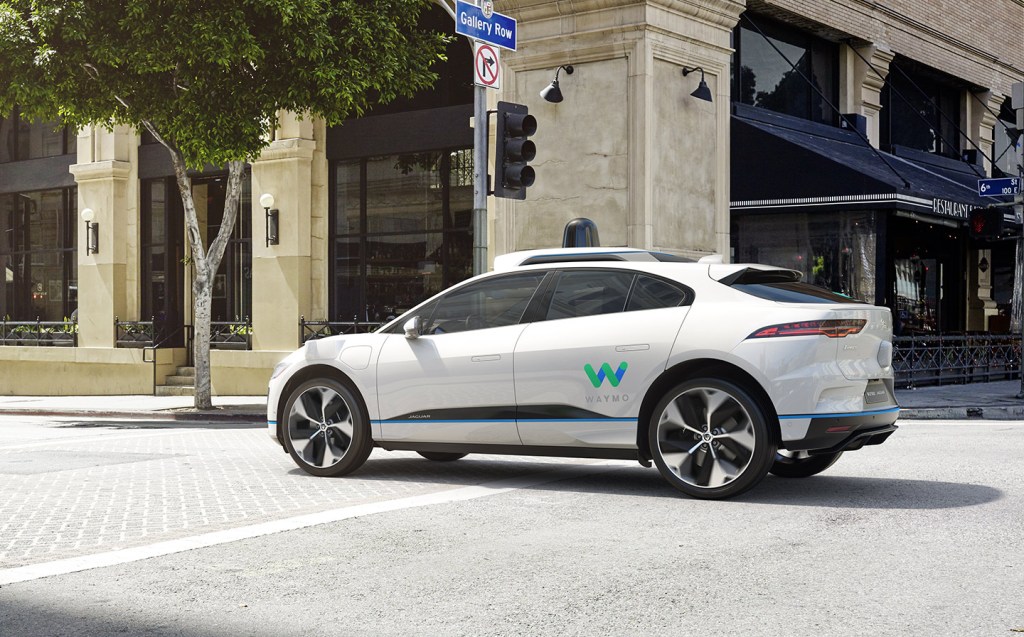
Approaching one junction, a Jaguar I-Pace operated by Waymo came to an abrupt halt for no apparent reason before proceeding, according to the Times article.
These troubles coupled with the fact that the trials only operate in small minutely-mapped areas of San Francisco, plus the fact that the services regularly shut down due to rain or the Bay Area’s notorious heavy fog, hint at the challenges facing engineers in their attempts to expand autonomous taxi services to urban areas beyond San Francisco.
Cruise aims to expand its service to Phoenix, Arizona and Austin, Texas (both cities known for their bright, sunny climates) in the near future.
Waymo plans to launch in Los Angeles within months — again, a conurbation often noted for its lack of discernible weather conditions.
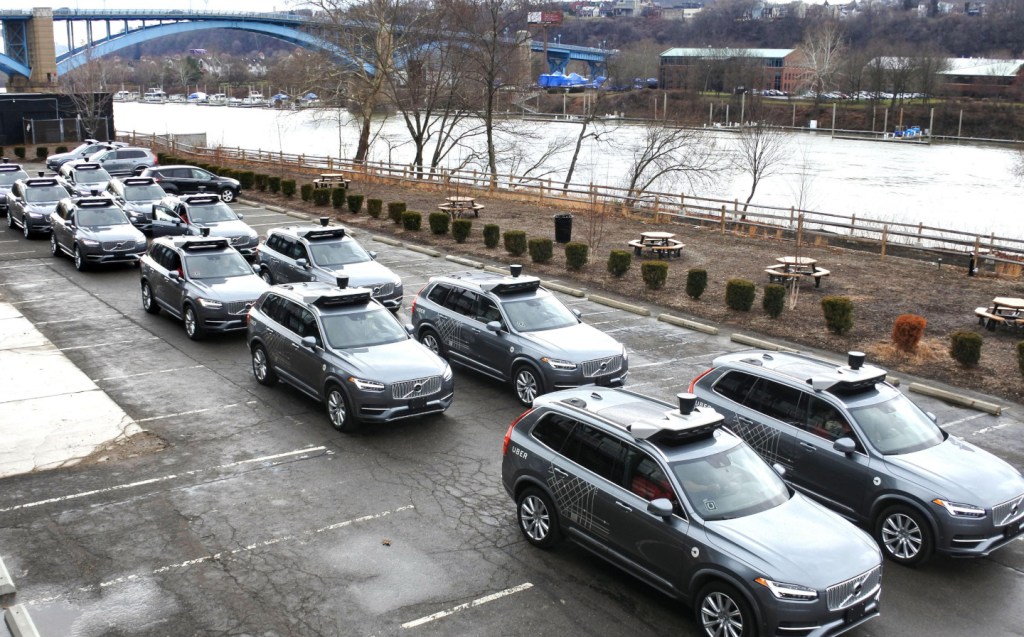
Another player in the autonomous vehicle field, Uber (which sold its autonomous vehicle research division in 2020) is set to partner with a driverless-vehicle technology start-up, Motional, to begin trials in the desert city of Las Vegas.
Amazon has also invested in the technology in the form of its $500m deal with autonomous vehicle systems company Plus, as well as with Aurora, a firm currently running autonomous truck trials on highways in sunny Texas with FedEx.
Some efforts are, however, under way to test autonomous vehicles in more inclement climates such as that of the UK.
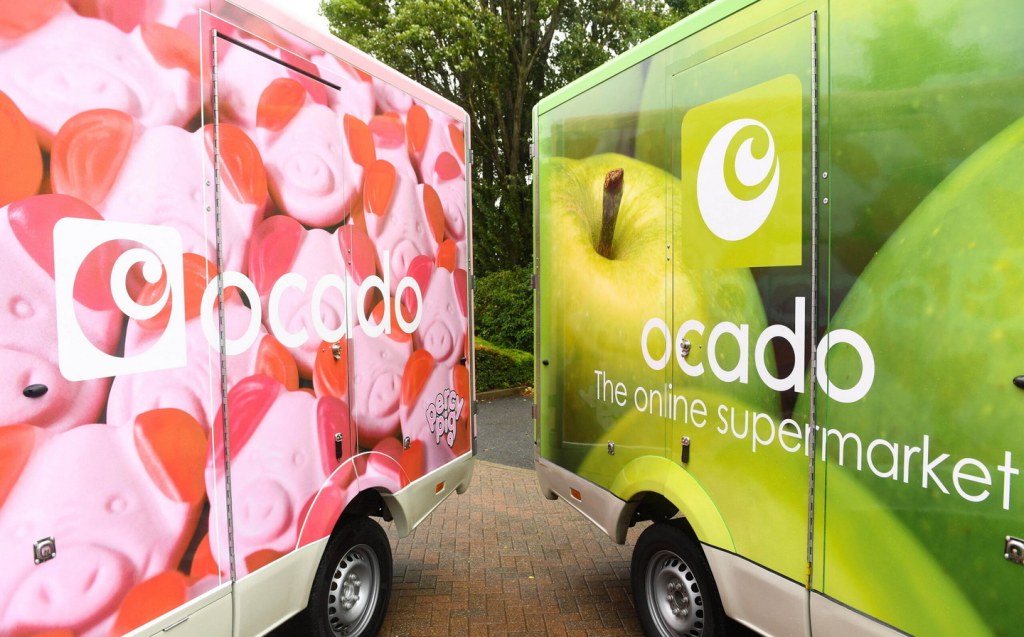
The online grocery delivery firm Ocado has invested some £10m in the British autonomous vehicle start-up Wayve, with plans to test self-driving delivery vans on the streets of London.
The trial will see Wayve’s hardware and software fitted to some of Ocado’s delivery vehicles, which will be tested in complex urban scenarios in the UK where they will be faced with congestion, narrow streets and pedestrians.
Similar to Tesla’s approach to self-driving, Wayve’s technology primarily relies on cameras, eschewing the complicated and expensive laser-based lidar systems favoured by autonomous driving companies such as Waymo, and learns how to deal with different scenarios through AI machine learning.
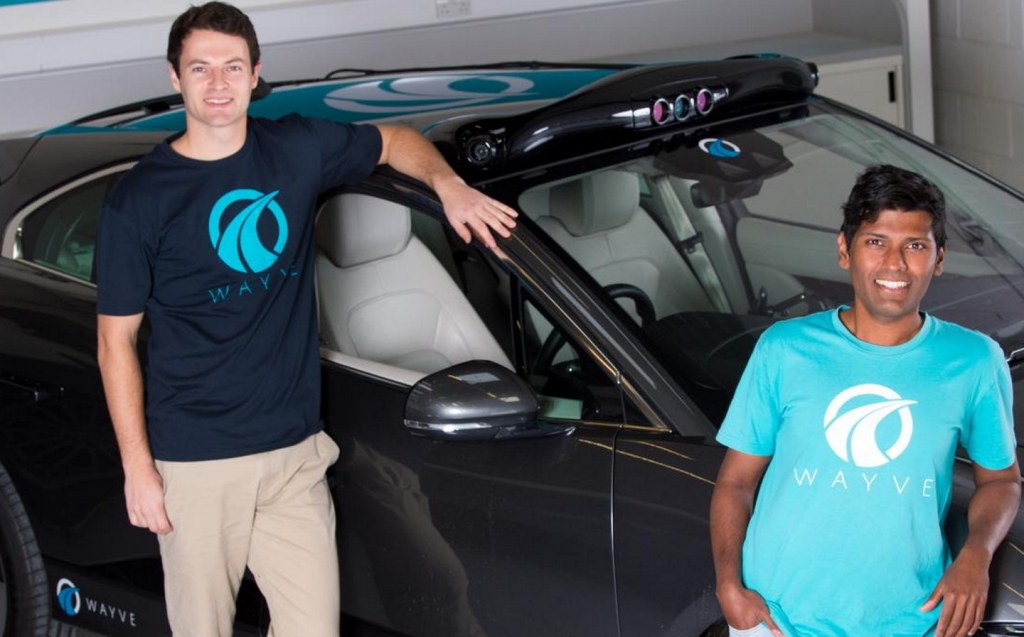
The trial with Ocado is expected to provide Wayve with a wealth of new data and experience when it comes to applying its technology in challenging, “last mile” real-world situations.
As UK law doesn’t currently allow for autonomous vehicles to operate without a driver, any such vehicles being tested as part of the Wayve-Ocado trial will have at least one back-up driver, though a start date for the project has not yet been confirmed.
“If we get stuck at small scale, driverless cars can stall,” said Oliver Cameron, Cruise’s Yorkshire-born vice-president of product.
“But if we invest in scale, if we figure out how to not just get tens of these vehicles on the road, not just hundreds, but thousands, tens of thousands, then we’ll truly see the benefits of this technology.”
In the long-term, Cruise is thinking big and has its sights set on “any road that any car can drive on” and is examining the prospect of expanding to Dubai and Japan in the short term, though Cameron refused to say when we might see his vehicles operating in the UK.
Despite this, operating over here would not present technological challenges, he claimed, even in switching from right- to left-side driving. “If we decided that London was the next best market for Cruise, our car would drive in London now,” he said.
He also suggested the media is at fault for holding back public opinion on autonomous vehicles.
“If we did hold all human drivers to the same standard we hold driverless cars, the newspaper would be full [of] stories that were about humans blocking traffic, human collisions, humans drunk driving and tired driving, all these things.”
Related articles
- After reading how a Times reporter tested robotaxis in the US, you should check out when Elon Musk offered to sell $6bn of Tesla stock if UN can prove the money could end world hunger
- Did you hear that the Tesla Model 3 was second in list of UK’s best-selling cars of 2021?
- We drove the Tesla Model Y in the UK and found its one flaw…
Latest articles
- Seven great automotive events to visit this summer, from F1 to art and champagne
- Watch new Porsche 911 GT3 smash Nürburgring record for manual cars
- Skoda Elroq 2025 review: Czech carmaker can’t seem to miss with its electric family cars
- Five best electric cars to buy in 2025
- Should I buy a diesel car in 2025?
- F1 2025 calendar and race reports: The new Formula One season as it happens
- Zeekr 7X AWD 2025 review: A fast, spacious and high tech premium SUV — but someone call the chassis chief
- Denza Z9GT 2025 review: Flawed but sleek 1,062bhp shooting brake from BYD’s luxury arm
- Extended test: 2024 Renault Scenic E-Tech review


